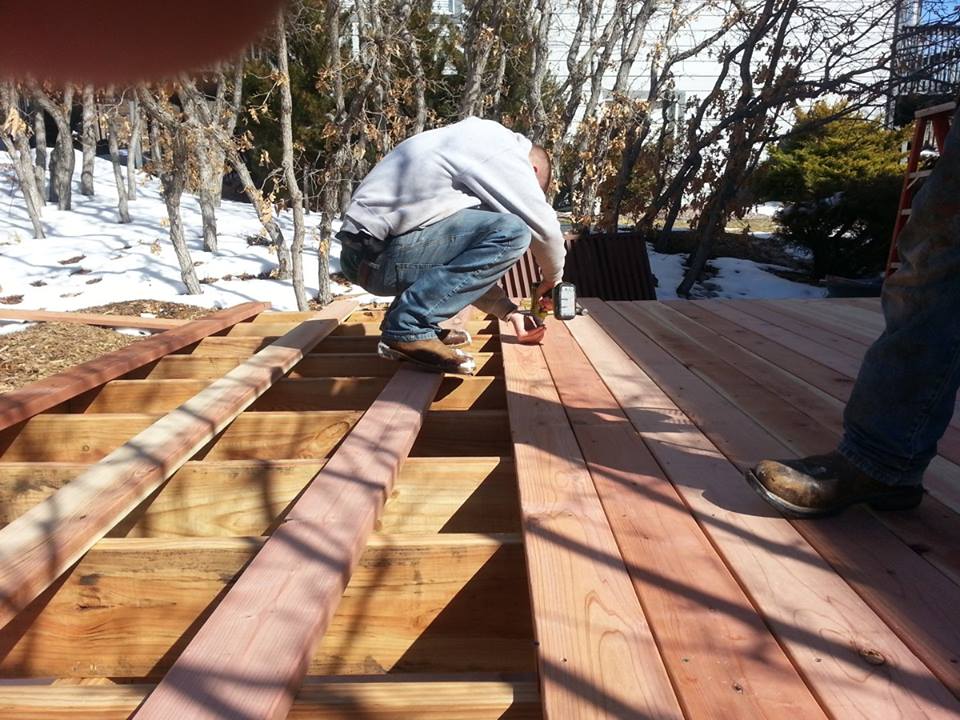Decks, often an extension of our homes, provide a perfect spot for relaxation, entertainment, and enjoying the outdoors.
However, safety should always be a top priority when it comes to these elevated outdoor spaces. Understanding wooden deck safety regulations and adopting best practices is crucial for ensuring that your deck remains a secure and enjoyable place for years to come. They are unsung heroes of many homes. They provide the perfect space for outdoor gatherings, barbecues, or simply enjoying a sunny afternoon with a book in hand. But beneath the sun-soaked relaxation lies an essential aspect that often goes unnoticed: deck safety and regulations.
What Is Deck Safety?
Deck safety refers to ensuring that the deck is structurally sound, well-maintained, and in compliance with relevant building codes and safety standards. It involves inspections, maintenance, and adherence to established rules to prevent accidents and injuries on a daily basis.
The Importance of Deck Safety:
Decks are subject to a range of environmental stresses, from sun and rain to heavy foot traffic. Over time, wear and tear can weaken the structure, regular inspections are necessary. Ensuring deck safety not only prevents accidents but also extends the lifespan of your investment.
Why Is Deck Safety Important?
- Preventing Accidents: A well-maintained and safe deck is important to avoid accidents. From a misstep that causes a twisted ankle to a structural failure leading to a serious fall, accidents on decks can have severe consequences.
- Protecting Loved Ones: Decks are often gathering spots for families and friends. Ensuring safety means protecting your loved ones and guests from harm while enjoying outdoor activities or functions.
- Preserving Property Value: A safe and well-maintained deck adds value to the property. It’s an attractive feature for potential buyers, and it can boost the home’s resale value.
- Avoiding Legal Issues: Neglecting deck safety can lead to legal problems. If an accident occurs due to a badly maintained or non-compliant deck, it can results in costly legal battles.
Best Practices for Deck Safety
While complying with regulations is crucial, there are additional best practices to improve deck safety:
- Regular Inspections: Conduct visual inspections to check for signs of wear, including rotting wood, loose connections, and rusted fasteners on a regular basis.
- Maintenance: Do routine maintenance tasks like cleaning and sealing the deck, which can help prevent decay and extend its lifespan.
- Safe Furniture and Accessories: Make sure that the furniture and accessories that are placed on the deck are sturdy and won’t tip over easily.
- Keep it Clear: Always keep the deck clear and remove debris, leaves, and snow promptly, as these can contribute to deck collapse.
- Safe Grilling: If someone is using a grill on the deck,they must follow safety guidelines to prevent fires and accidents. Look for loose grills.
Conclusion
A well-maintained and safe deck can be a source of joy for the family and guests. By understanding and sticking to deck safety regulations and adopting best practices, you can ensure that your outdoor oasis remains a secure and enjoyable space for years to come. Regular inspections, maintenance, and attention to safety details are the keys to preserving the beauty and integrity of the deck while keeping accidents at bay. They are not just a matter of legal compliance; they are about safeguarding your loved ones and your investment. By following safety guidelines, conducting regular inspections, and addressing any issues without delay, you can enjoy your deck with peace of mind, knowing that it provides a solid foundation for outdoor fun and relaxation. So, the next time you step onto your deck, take a moment to appreciate not only its beauty but also the safety measures that make it a haven of enjoyment.

